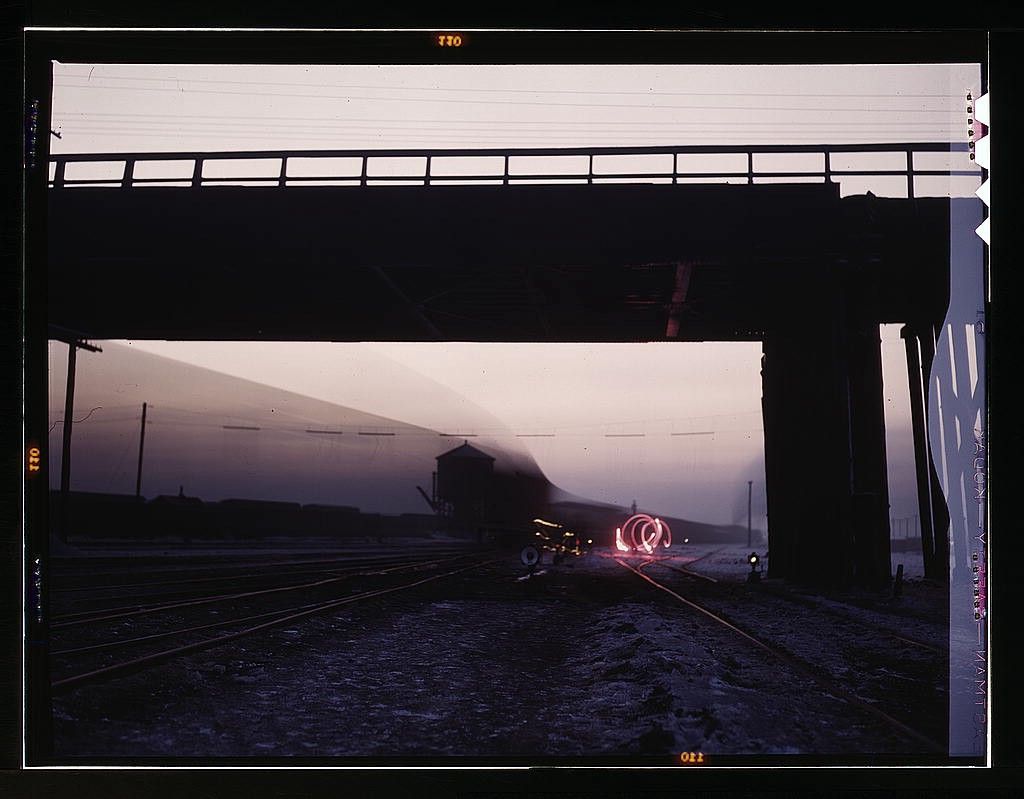Google Night Sight and the Importance of Photography Limitations
October 28, 2018 Camera Photography Computational Photography Vlad Savov
The future of the camera is algorithmic. But as technical constraints tumble, a crucial part of photography might be getting lost.

Earlier this week, Google showed off an impressive new technology. Called “Night Sight”, it’s a software solution that makes it possible to take smartphone photos in virtual darkness — with impressive results.
It’s becoming increasingly clear that the future of cameras is algorithmic: As digital sensor advancements have largely plateaued, the notion of what constitutes a camera is redefined by software — turning cameras into connected lenses that are slowly beating dedicated cameras at their own game.
Shocking Results
I believe that we’re witnessing the next step in the digital disruption of cameras, a step that’s leveraging computational power to tear down the remaining limitations of the technology.
Reporting on Night Sight for The Verge, Vlad Savov writes:
Night Sight is the next evolution of Google’s computational photography, combining machine learning, clever algorithms, and up to four seconds of exposure to generate shockingly good low-light images.
The results are “shocking” because they do something that was previously impossible: Steady long exposures. Capable cameras have long been able to take four second exposures, but you had to mount them on a tripod to keep the camera from shaking. A handheld shot simply wouldn’t yield a usable result — and that was a limitation photographers had to work around.
Interesting Limits
I began taking photos at 16, using my dad’s early digital camera. Being able to see the pictures after I took them started my infatuation with photography — not because I found the technology particularly magical, but because I could experiment: Shoot against the light, capture hyperreal close-ups, or take photos in the dark. The year was 2002, the technology just as immature as I was then, and I kept bumping into the limits of what the camera could do.
Crucially, that also made photography interesting: Boxed in by the limits, I had to keep pushing to get the photos I wanted. It would feel rewarding if I managed to take a picture in difficult conditions, just as it made me appreciate the work of other photographers who could.
Even though cameras have become vastly more powerful, I believe that having some limitations is still the best catalyst for creativity. When you’re limited, you have to become resourceful, you have to keep finding solutions for a given problem. Rather than constraining you, a manageable degree of limitation can be quite empowering — because it eliminates the common paralysis of having too many options.
Visible Victories
In my experience, that is also the reason why so many photographers continue to use film. They’re not doing it out of nostalgia or snobbishness, but because it reintroduces a fundamental limit that digital photography doesn’t have: A fixed amount of photos, a reduced color spectrum, a possibility of failure.
Google Night Sight and the many technologies that’ll come out after it do the exact opposite: They erode limits. By making it possibly to shoot in previously unimaginable situations, they remove what used to box us in and force us to find creative solutions.
I’m writing this with the full knowledge that many breakthrough technologies are first regarded skeptically. Just head over the the “Pessimists Archive” for some historic doubts about phonographs or typewriters. But my concern isn’t that capable cameras will somehow ruin the purity of photography–just that they’re making it less interesting.
The photography’s visible victory against the limits of photography, against blur, noise, or lack of light is what I often admire. It has the tendency to elevate documentation to art. When the technology becomes all powerful, that transformation could easily be lost.